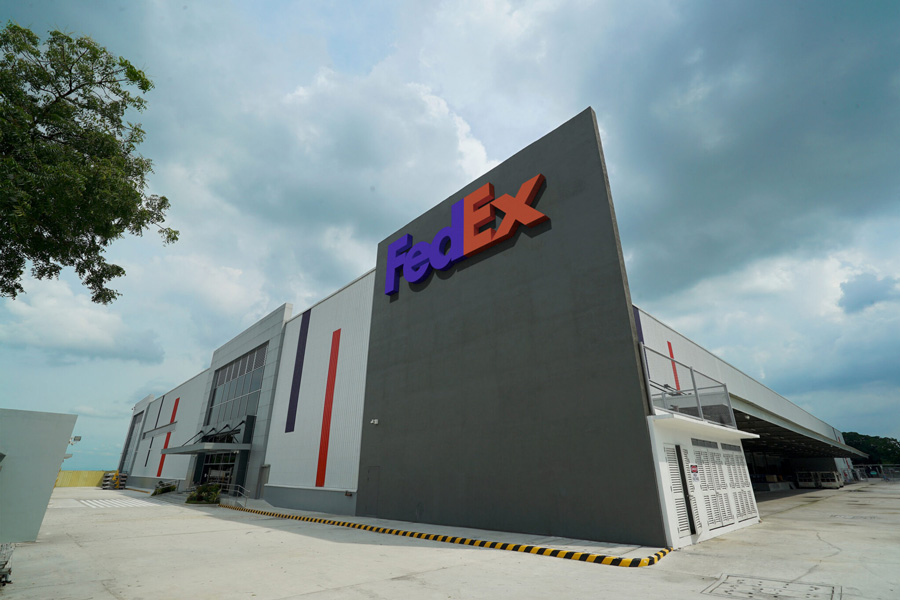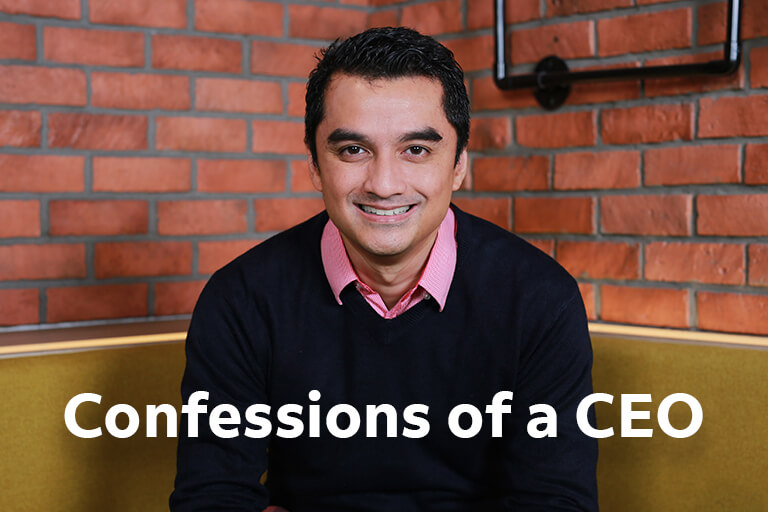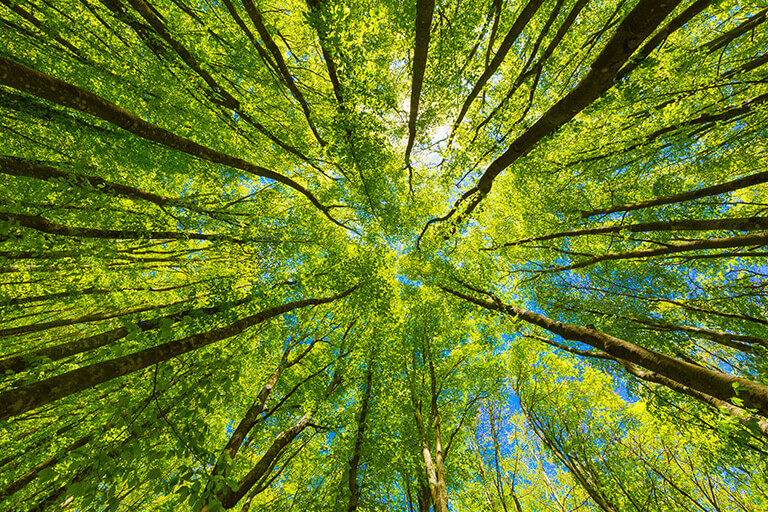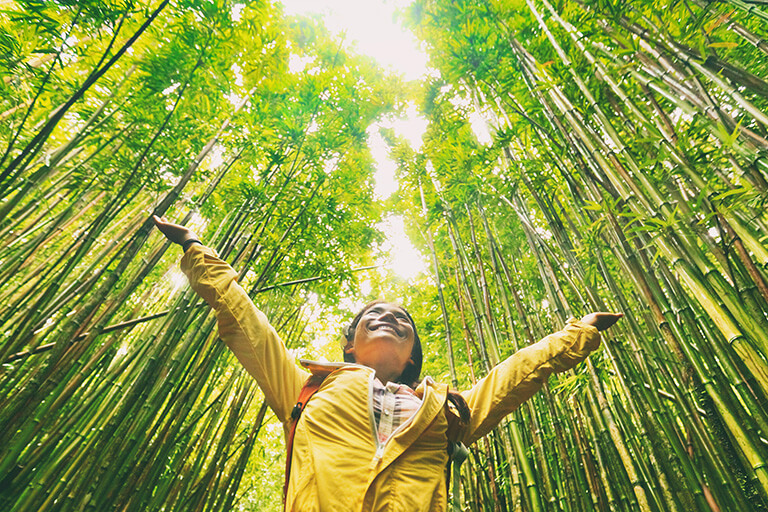How To Make Facilities More Sustainable
One of the most important challenges we face today is how to secure a sustainable future for communities and our planet. From reducing emissions to switching to cleaner energy sources, there are many ways to be kinder to the environment.
One of the fundamentals is infrastructure. By planning, developing, and building more responsibly and resourcefully, we can lessen our overall environmental impact.
Sustainable construction includes the use of sustainable building materials and construction techniques including lighting, ventilation, insulation, water recycling, energy efficiency and renewable power generation. With facilities in Asia Pacific, the Middle East and Africa located in some of the world’s hottest and most extreme climates – from subtropical conditions to desert terrain – this is even more critical to get right.
RELATED: How FedEx will become carbon neutral by 2040
One of the fundamentals is infrastructure. By planning, developing, and building more responsibly and resourcefully, we can lessen our overall environmental impact.
Sustainable construction includes the use of sustainable building materials and construction techniques including lighting, ventilation, insulation, water recycling, energy efficiency and renewable power generation. With facilities in Asia Pacific, the Middle East and Africa located in some of the world’s hottest and most extreme climates – from subtropical conditions to desert terrain – this is even more critical to get right.
RELATED: How FedEx will become carbon neutral by 2040

In both the public and private construction sectors, sustainable buildings are being commissioned to comply with the United Nations Sustainable Development Goals, which include resilient infrastructure and promoting inclusive and sustainable industrialization.
How sustainable are FedEx facilities?
At FedEx, we’re working hard towards our global sustainability goal of carbon neutral operations by 2040. In addition to modernizing our air and electrifying our ground fleet, shifting to paperless solutions, and using sustainable and reusable packaging, we’re also reinventing what a sustainable FedEx facility looks like.
So far, our 29 solar facilities have generated more than 28.3 million kilowatt hours of clean energy worldwide. And thanks to lighting retrofits and energy management systems, we saved over 225 million kilowatt hours of electricity in 2022 and avoided 160,392 metric tons of CO2e emissions.
RELATED: This new tool tracks your shipping emissions
Whether it’s a newly-built or existing facility in need of an upgrade, the use of sustainable materials and features that help conserve natural resources, power or electricity is non-negotiable.
Read on to take a closer look at some of our most energy-efficient and sustainable facilities across the region.
1. Morwell facility and Adelaide Gateway, Australia
Our latest facility in Victoria, Australia reduces impact on the environment with energy-saving LED lighting, and collects and reuses rainwater on site. It’s also strategically located to help deliver to surrounding suburban and remote areas, saving the emissions it would require to transport packages over long distances from a hub further away.
Also in Australia, our Adelaide Gateway uses 100% LED lighting to save more than 50% kW per year versus traditional lighting. Equivalent to a 4-star environmental Australian rating, the facility is also equipped with EV charging provisions and scalability.
2. Johannesburg, South Africa
Launched in 2021, our new Southern Africa hub consolidated three facilities into a single location inside modern, sustainable buildings. Besides supporting the more efficient movement of goods, the hub incorporates sustainable technologies designed to meet local needs.

To conserve energy, motion detectors activate energy-saving lights only when rooms are occupied. Multiple water-storage tanks around the property collect rainwater, reducing reliance on municipal water sources, which is then recycled and used for heating, ventilation, and air-conditioning system.
RELATED: 10 tips for creating a sustainable business
It is also used to sustain the building’s garden, which is planted with more than 30 species of indigenous and water-sensitive plants. For a country which is water-scarce, with unreliable rainfall and drought issues, facilities that help conserve or re-use water responsibly are essential.
RELATED: 10 tips for creating a sustainable business
It is also used to sustain the building’s garden, which is planted with more than 30 species of indigenous and water-sensitive plants. For a country which is water-scarce, with unreliable rainfall and drought issues, facilities that help conserve or re-use water responsibly are essential.
3. Incheon Gateway, South Korea
Our latest sustainable facility in the AMEA region was launched in November 2022 at Incheon Airport, South Korea.
It offers enhanced capabilities for local businesses looking to access international markets, and supports the growing demand for e-commerce and cold-chain shipments. This advanced automated facility can now sort up to 12,000 packages per hour.
But how about its eco-credentials?
We’ve added many features with sustainability in mind. As a G-SEED (Green Standard for Energy and Environmental Design)-certified building, the facility can generate renewable energy through 2,400 solar panels on its rooftop. This solar power supplies approximately 19% of the facility’s energy needs each month!
A green roof reduces heat flow and energy consumption. And finally, 100% LED lighting helps save more than 22,000kW per year.
4. Clark Gateway, Philippines
FedEx Clark Gateway was launched in September 2021 to provide Philippines customers with greater connectivity and reliable shipping to the U.S., Europe and Asia.
Equipped with state-of-the-art technology, the 17,000-square-meter facility enables faster processing with the capability to sort 9,000 parcels per hour. It also has a high-tech cold storage facility for varying temperature-sensitive shipments.
Equipped with state-of-the-art technology, the 17,000-square-meter facility enables faster processing with the capability to sort 9,000 parcels per hour. It also has a high-tech cold storage facility for varying temperature-sensitive shipments.

Special care was also taken to ensure that the facility lessens environmental impact, while connecting the region’s businesses to the world responsibly and resourcefully. In line with our sustainability goals, the Clark gateway exclusively uses electric ground service equipment, replacing traditional units that run on fuel.
Other sustainable features include:
- 100% use of LED power density reduction lights
- HVLS (high volume low speed fans), saving 70% of the electric consumption from regular ceiling fans
- Environmentally-friendly exterior wall thermal insulation from 85% newspaper and 15% borate minerals
A commitment to a sustainable future
What do all these recently developed facilities have in common? In addition to the use of eco, energy-saving building materials and automation sorting technology to save power and resources, many of our facilities are established directly within an airport.
The short distances required to move packages and pallets to our planes means quicker loading and unloading of our customers’ goods. We can also save on emissions from transportation to our gateway facilities and sorting hubs that a longer journey would use.
Infrastructure continues to be a crucial part of our global push to make FedEx operations more sustainable, alongside our plan to electrify our entire pickup and delivery fleet in the coming decade. To find out more about our sustainability journey, follow us on LinkedIn. You can also head over to our Sustainability page for more ways we’re reducing our environmental impact in the communities we serve.
***


















 The Latest
The Latest